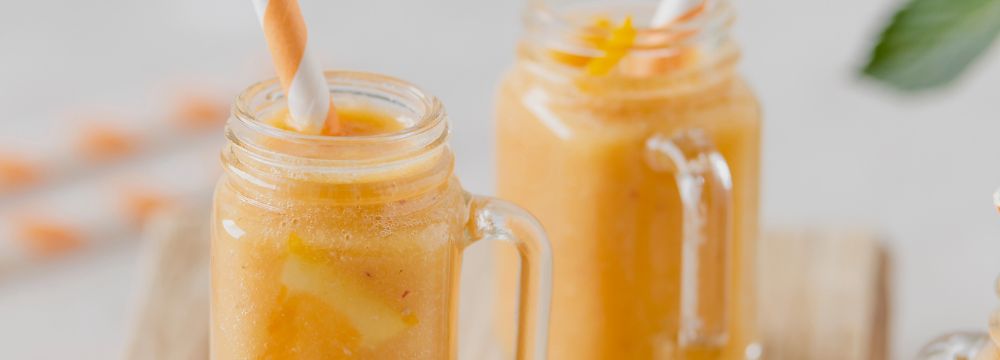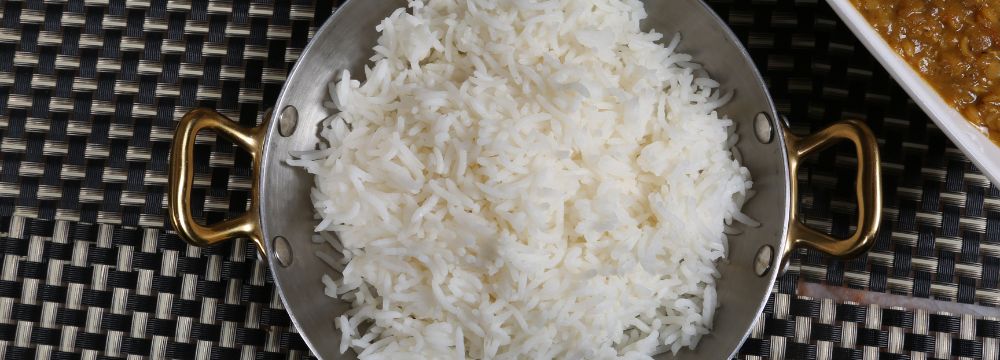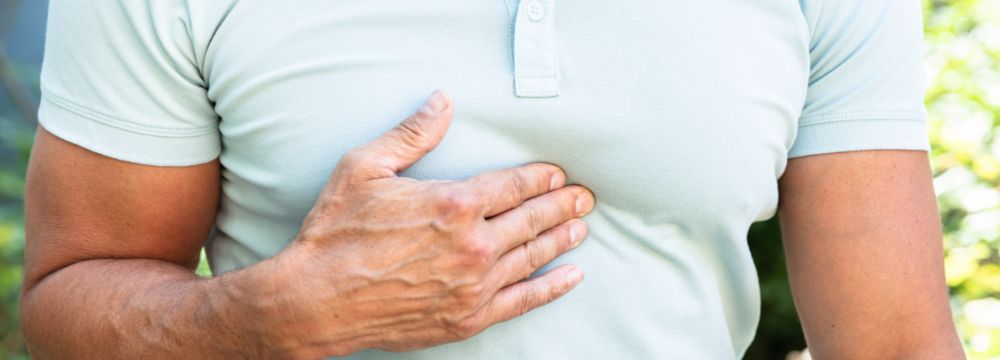After Bariatric Surgery

Bariatric patients are exceptional in that they have an enviable ability to motivate themselves to lose weight. Even before bariatric surgery, many patients lost dozens of pounds at a time, which is difficult for anybody to do, even once. When patients reach their weight loss goals and maintain excellent weight loss, there is a sense of achievement and satisfaction like no other. But many patients know that they have lost and re-gained weight before, and they wonder, often with some stress and worry, if they can maintain their weight loss long-term.
Once some weight regain begins to creep in, which is often a normal part of the long-term bariatric journey, some patients start to panic and wonder if they are returning to their old habits and excess weight. Of course, this is normal, and these worries are our defense mechanism against regaining too much weight. Sometimes, however, these worries force us into thinking we need to take drastic action to correct even slight weight regain. One of the most common questions is whether a “reset” diet is necessary to get back on track and lose that weight.
What Is an Example Reset Diet?
A very common diet is a 15-day smoothie diet, during which patients consume their calories and other nutrients (at least for a time) in liquid form rather than solid food. Typically, the first five days are full liquid, followed by one solid meal for the next five days and two solid meals for the last five days. Before we delve deeper into smoothie diets, it’s important to remember that there is no inherent benefit or risk to how you consume your calories and nutrition. In other words, getting the proper nutrients, whether in liquid or solid form, is generally the same. On the surface, it may seem like a liquid or puréed diet would “go right through you” and that a solid diet would keep you full longer. However, ultimately the composition of the food you eat rather than the form in which you eat it makes the biggest difference,
Watch the Sugar in the Smoothie
No matter what diet you pursue, especially when it comes to the smoothie diet, you must remember that sugar is the biggest concern you must manage. Most commercial smoothies, even those that bill themselves as healthy, may contain a significant amount of sugar, and this is a definite diet buster. Even if the smoothie is relatively low in sugar, remember you are consuming it very quickly – often far more rapidly than a solid food option. It is possible to flood your body with sugar and cause a spike in your levels. As such, drinking a smoothie slowly and keeping sugar levels low is critical.
Snack Appropriately
A good smoothie diet will recognize that you need healthy, protein-rich solid food snacks between your smoothies. Yes, you may be enjoying the liquid portion of your diet, but you will need more. When prepared thoughtfully twice a day, these snacks will round out your day, giving you tasty options between meals that keep you motivated and full.
Make Sure You Are Getting Complete Proteins
One of the essential considerations of a smoothie diet is the kind of protein that you get. Non-meat options typically do not contain complete proteins, except for a few foods like quinoa and soybeans. If you are on a smoothie diet, make sure you have snacks that are high inv complete proteins. These can include low sodium, cold cuts, edamame, and other options that follow bariatric protocols.
Don’t Forget Hydration
While you may be drinking lots of liquid in smoothie form, it’s still not enough for your daily requirements. It’s important, just like with a solid meal, to ensure that you consume water no earlier than 45 minutes before or after the smoothie or snack. We often suggest keeping a large water bottle with measurement markers to ensure you hit your daily hydration goals. You need to drink more if you feel sluggish or your urine is darker than straw-colored. After the first couple of days, you should be able to predict if you’ve had enough to drink before the signs of dehydration set in. Remember that even very minor dehydration can have significant physical and psychological impacts.
Understand Your Nutritional Requirements
Yes, you will be taking supplements, but the supplementation regimens assume that you are consuming a base level of nutrition in the first place. Some nutrients like vitamin B12 are less available in non-animal products. As such, we always want you to speak to your dietitian to understand if the plan you are going on hits all the nutritional marks. Mind you, a well-thought-out short-term smoothie diet can be more nutritious than solid food. You have to make sure that it complies with your bariatric diet.
Do It Yourself, or Buy Bariatric Protein Shakes
Ultimately, there are pros and cons to making your own protein shakes versus buying commercially available bariatric-specific protein options. Of course, when you make it yourself, you can control the ingredients you choose and modify flavors to your taste. Call it’s also very likely that your costs will be much reduced. On the other hand, bariatric-specific protein options from the major bariatric vitamin supplement companies are made explicitly with scientific guidelines in mind. They are also very convenient as they are pre-made. Once again, if you’re going at it on your own, speak to your dietitian, as even minor miscalculations can make a difference to your health.
Lastly, Make it Sustainable
To make this reset sustainable, you can’t go extreme. The smoothies have to be at least reasonably tasty, and you should follow a progression back toward solid food. Staying on smoothies over the long term is unsustainable and very likely unhealthy. Instead, you slowly want to return to a normal solid food diet, but one that emphasizes lean proteins like grilled chicken and fish, complex carbs, and leafy green vegetables. Most patients find everyday food without high sodium and sugar levels tastes very good after a reset diet. The trick is to stay on those foods and not return to the highly processed options we are all tempted by daily.









